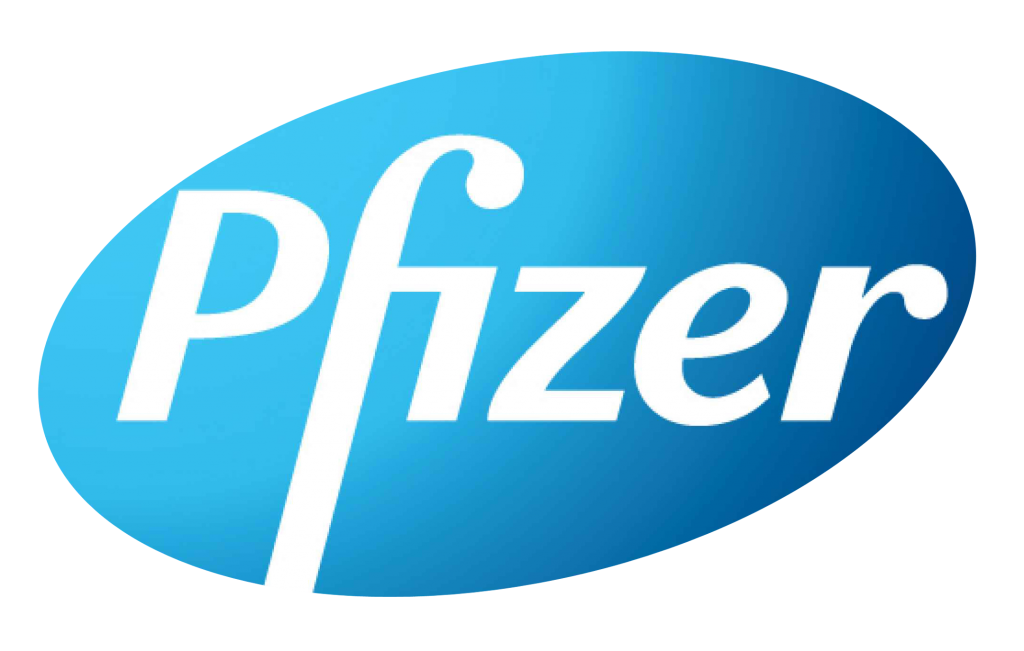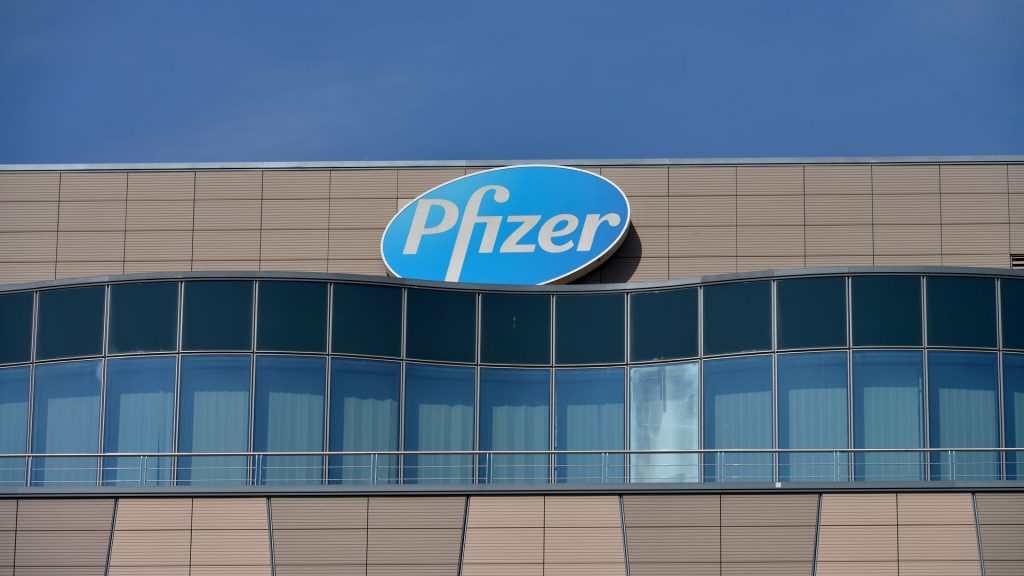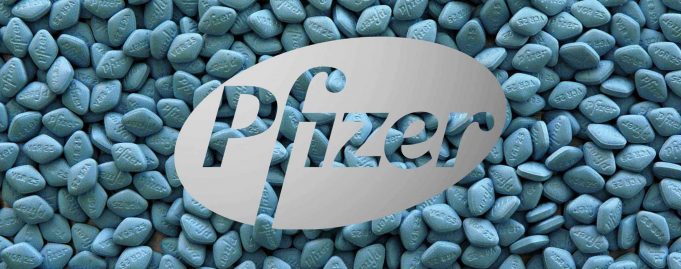This article is about how Pfizer makes money. Firstly, we explain the influencer-driven pharma business model and revenue generating strategies of Pfizer. Then, we discuss key business segments of Pfizer and how the company generates revenue from each of those segments. Then, we share Pfizer revenues by business segments for the year 2014. Finally, we share the revenues, the profits, and the profit margins of Pfizer for the year 2014.
Pfizer Inc. is a research-based, global biopharmaceutical company. Pfizer portfolio includes medicines, vaccines, and medical devices, as well as consumer healthcare products. Pfizer generates revenues from the sale of products and, from alliance agreements.
Understanding Influencers Driven Business Model:
Pfizer, like other biopharmaceutical companies, operates in a highly regulated environment and can not sell its products directly to patients. Pfizer reaches out to patients through influences.

Pfizer business is highly dependent on three types of influencers:
- Medication approval authorities that approve the medications based on the efficacy and safety data of the medication
- Payers that approve the medications for healthcare insurance based on outcome data
- Healthcare providers that prescribe the medications to patients
Please read How Merck Makes money to fully understand Pharma Influencer driven business model.
Pfizer Revenue-Generating Strategies
Pharma companies by regulation are prohibited to directly sell the medications to patients. Pharma companies use both direct and indirect marketing tools to create the need and build the brand. Most of these channels that look disjointed essentially use a very simplistic and coherent approach. Convince the Providers to “prescribe a perceived to be a superior product to the disease educated patients”.
Pfizer utilizes both direct and indirect channels to influence the prescribers (Doctors) to:
- Prescribe new medicines to existing and new patients
- Get new patients for existing medications by making patients aware about their diseases
- Promote new indications for existing medications to providers
The company sells products primarily to medication wholesalers and retailers, hospitals, government agencies and health maintenance organizations (HMOs). Vaccines are also directly sold to physicians.
Pfizer Cost Elements
Major cost elements for Pfizer include:
- R&D cost for researching and developing new medications
- Manufacturing & Distribution cost
- Sales and Marketing costs
- The cost of acquiring new molecules from research partners (in-licensing cost).
Pfizer distributes and sells its product through its channel partners that include wholesalers, distributors, and pharmacy retailers.
Pfizer reports its revenues for the following three business segments:
- Global Innovative Pharmaceutical (GIP) segment
- Global Vaccines, Oncology and Consumer Healthcare (GVOC) segment
- Global Established Pharmaceuticals (GEP) segment.

How Pfizer makes money from Global Innovative Pharmaceutical (GIP) business?
This segment is focused on developing & selling novel patented medicines. The leading brands in this segment include Xeljanz, Eliquis, and Lyrica. Major therapeutic areas in this segment include inflammation, cardiovascular/metabolic, neuroscience and pain, rare diseases and women’s/men’s health.
This segment generates revenues through:
- Sales of patent protected medicines to patients through pharmacies & hospitals
- Out-licensing revenues from partners.
This segment’s operating expenses include R&D Costs, Sales & Marketing Cost, License Cost & Royalty Payments, Supply Chain Costs, Product Development/Trials Rentals and Taxes.
How Pfizer makes money from Global Vaccines, Oncology, and Consumer Healthcare (GVOC) business?
This segment is comprised of three separate and unique businesses. It focuses on the development and marketing of Rx vaccines and oncology products along with consumer healthcare for over the counter (OTC) usage. Xalkori, Inlyta, and Bosulif are Pfizer’s leading oncology brands. Advil and Centrum are among top 10 global OTC brands.
This segment generates revenues through:
- Sales of vaccines and products for oncology to patients through pharmacies & hospitals
- Out-licensing revenues from partners
- Direct purchase by consumers of OTC products
This segment’s operating expenses include R&D Costs, Sales & Marketing Cost, License Cost & Royalty Payments, Supply Chain Costs, Product Development/Trials Rentals and Taxes.

How Pfizer makes money from Global Established Pharmaceutical (GEP) business?
This segment includes the off-patented products and the mature, patent-protected products that are expected to lose exclusivity through 2015 along with generic pharmaceuticals. Lipitor, Celebrex, Viagra, and Norvasc are leading products in this segment. GEP also includes injectable and biosimilar products.
This segment generates revenues through:
- Sales of off-patented or near-to-lose patent protection products
- Sales of generics pharma
- Sales of injectable and Biosimilars to pharmacies and hospitals
- Co-promotion revenues
This segment’s operating expenses include: R&D Costs, Sales & Marketing Cost, License Cost & Royalty Payments, Supply Chain Costs, Product Development/Trials Rentals and Taxes.
Pfizer’s Revenues by Business Segment FY’14
In FY’14 (fiscal year ended December 31, 2014), Pfizer generated $49.6 billion of total revenues. Of these total revenues, Pfizer generated:
- $13.9 billion revenues, 27.9% of the total, from the GIP business segment
- $10.1 billion revenues, 20.4% of the total from VOC business segment
- $25.1 billion revenues, 50.7% of the total from GEP business segment
- $451 million revenues, .9% of the total from others (contract manufacturing and bulk pharmaceutical chemical sales organization).

Pfizer’s Profits and Profit Margins FY’14
Of the $49.6 billion of Pfizer’s total revenues in FY’14, $9.6 billion were the cost of sales. This resulted in $40 billion of gross profit and a gross margin of 80.7%. Pfizer other operating costs were $26.8 billion. These include selling, informational and administrative (SI&A) expenses, research and development (R&D) expenses, amortization of intangible assets, restructuring charges, acquisition-related and other costs. This resulted in $12.2 billion of operating profit and an operating margin of 24.7%. After interest and other non-operating income and expenses and income taxes, Pfizer had a net profit of $9.1 billion and a net margin of 18.4%.









